Mind the Gap
Released - Feb 2022 on GmStudio
A generative series inspired by childhood memories, play and exploration. A reminder to myself to not take life too seriously.
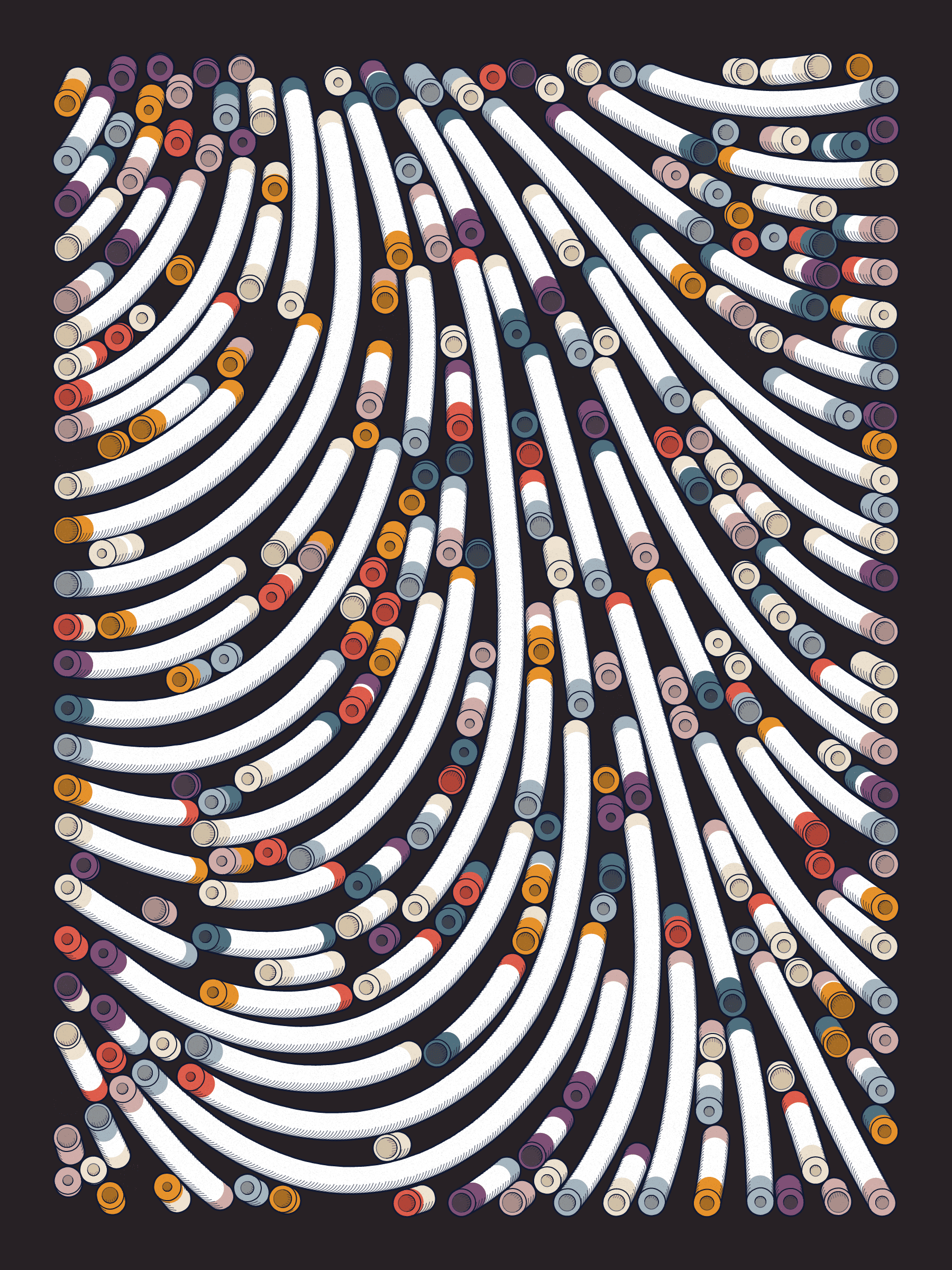
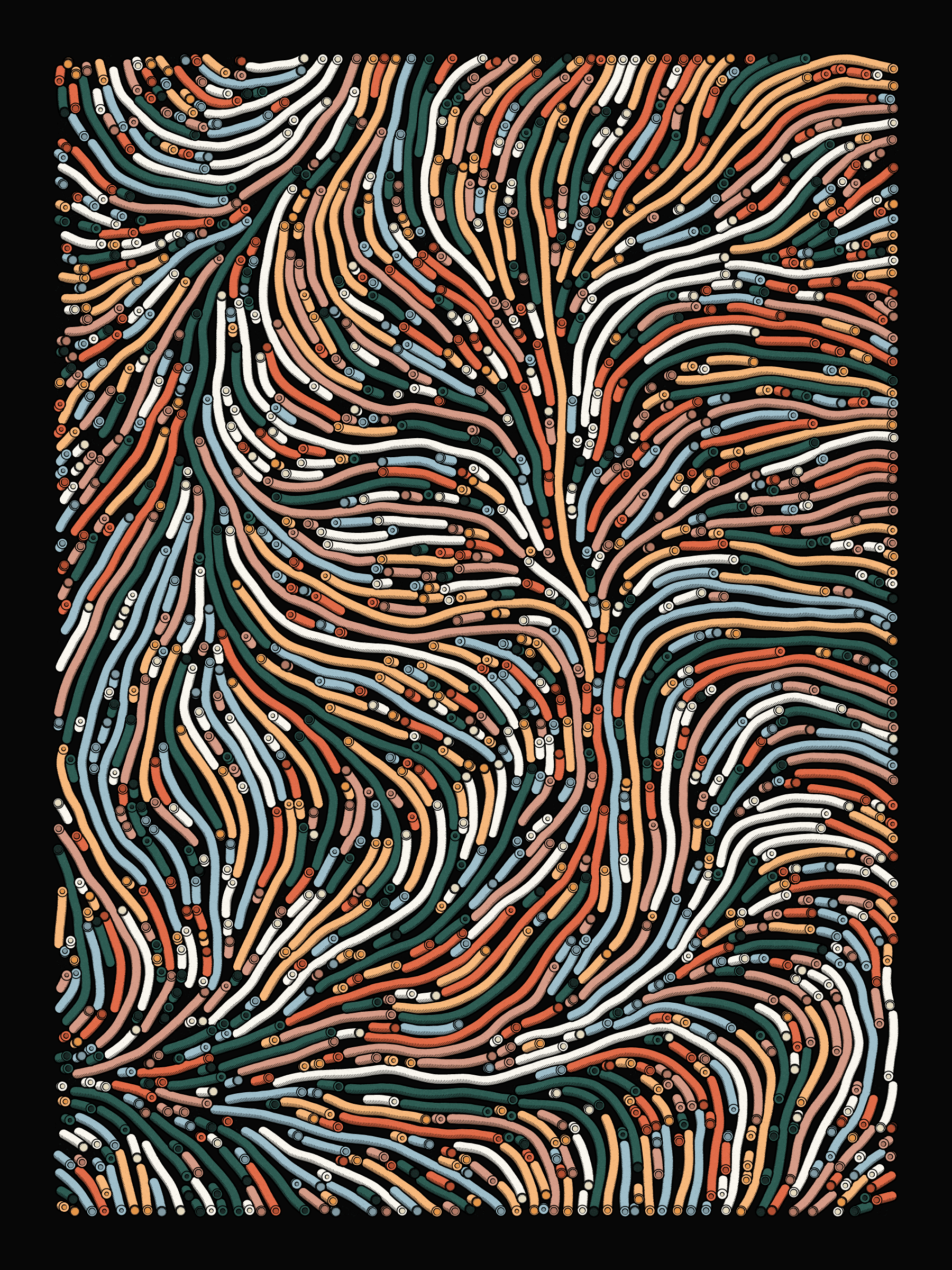
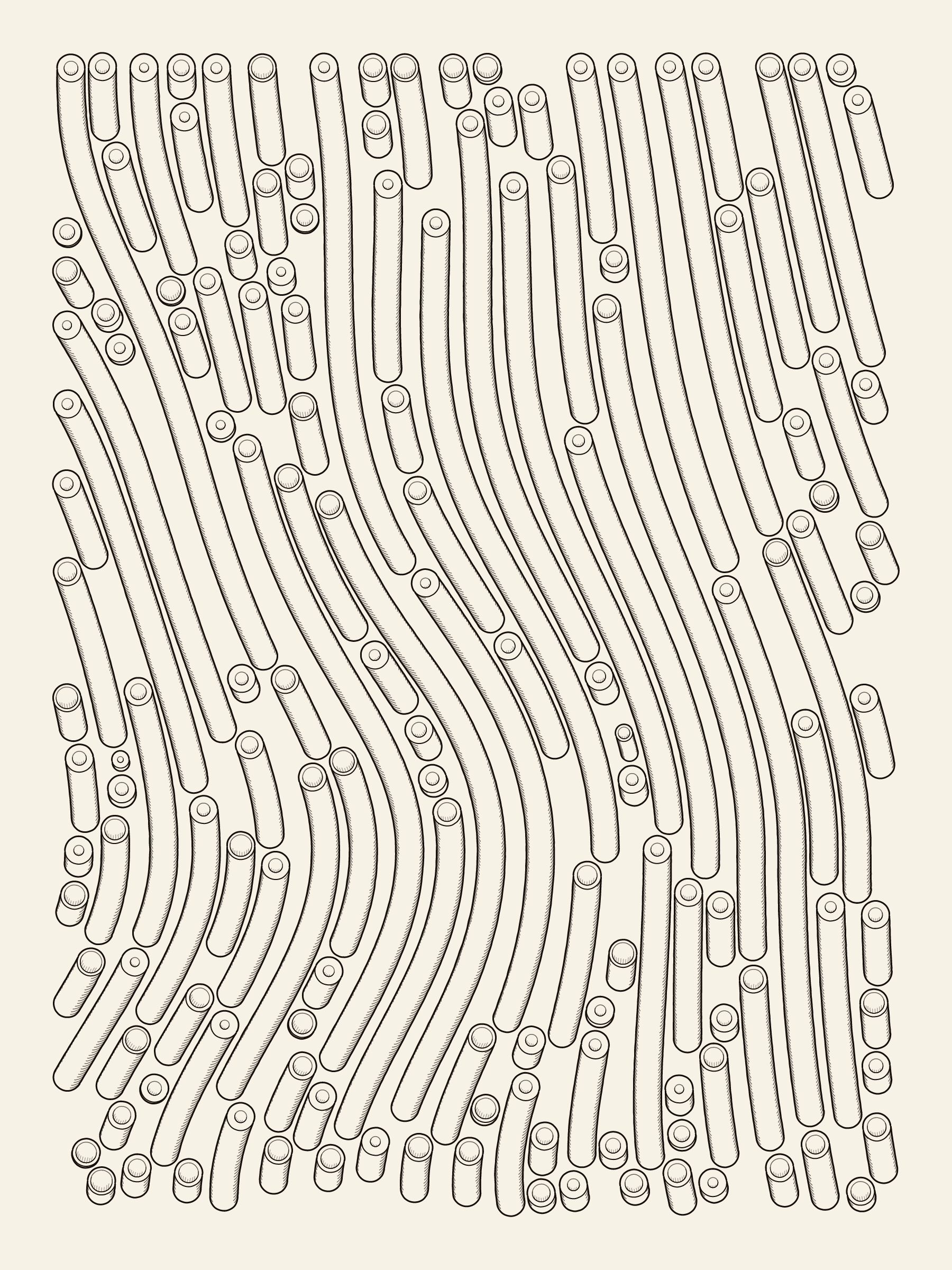
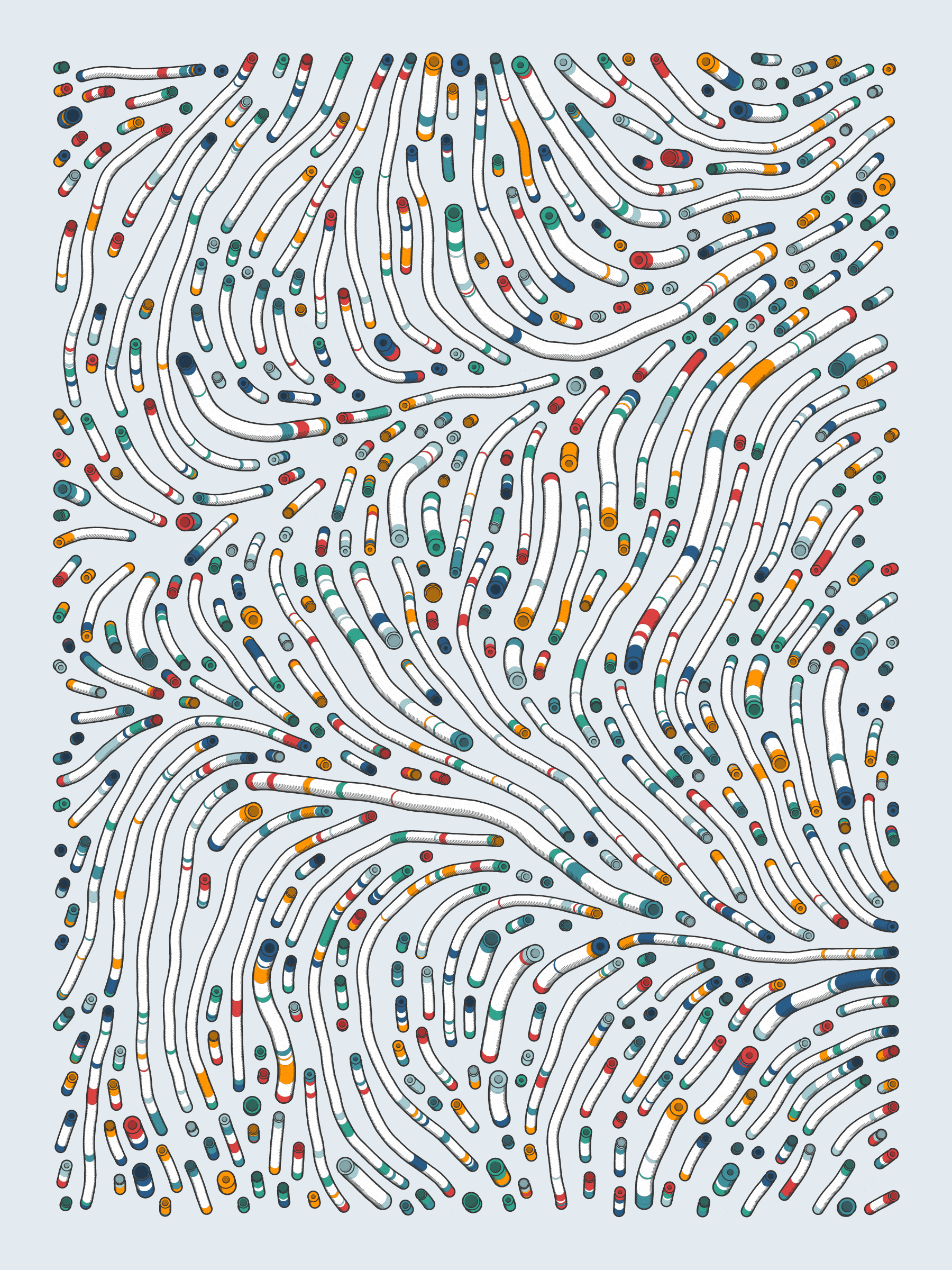
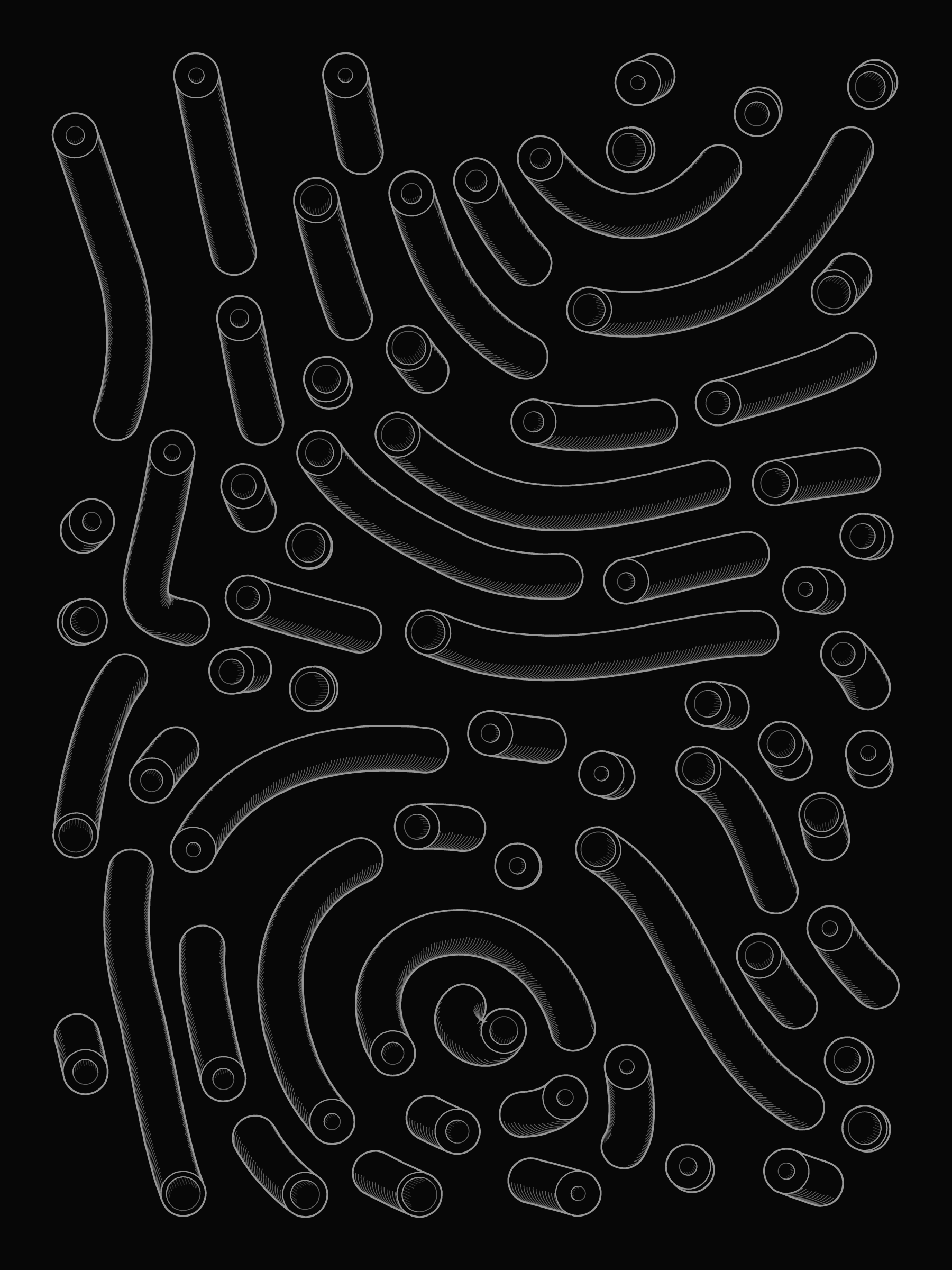
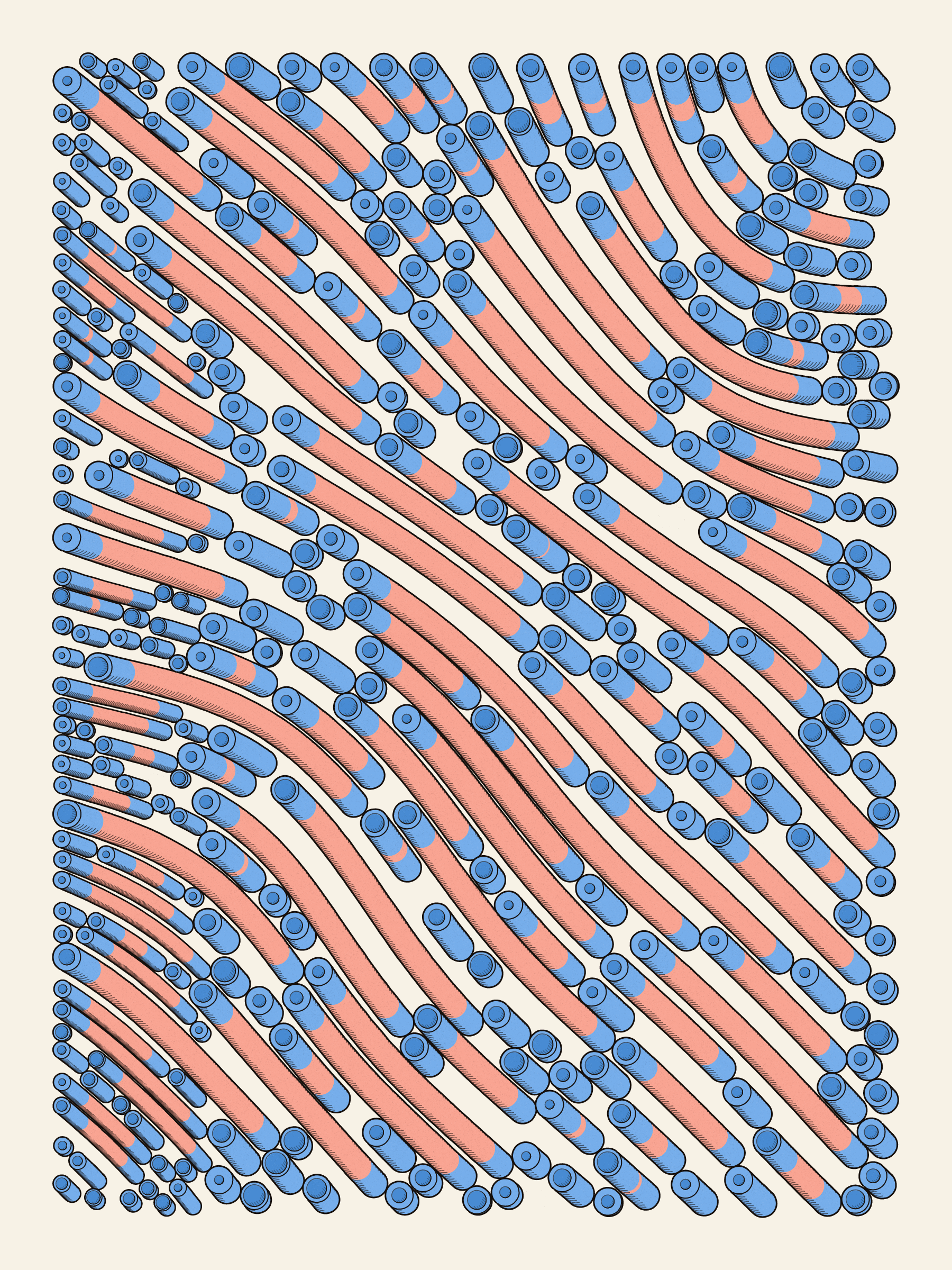
Behind the Work
Last updated - January 2022
Mind the Gap is a generative collection inspired by many of the joyful and playful moments I've experienced over the last 6 months. Here are a few of those stories.

Unexpected Gifts
This year, my family gifted me a special piece of artwork.
They wouldn't tell me who'd made it, only that I 'knew the artist very well'.
They found it funny that I couldn't work out who it was! My brain went into reasoning mode; Why does this look oddly familiar? Why the use of unmixed colours? Clearly this artist was trying to say something with the flow of these strokes?
Well, it turns out it was me.
I was the artist. I had painted this when I was 2 years old.
My family had found it in the attic, framed it and given it to me, partly to enjoy watching me try to work out who the creator was, but also because it reminded them of the prints I send them occasionally.
This experience was a wonderful reminder that when you're 2 years old and just throwing paint at a piece of paper you don't care about framing it and putting it on a wall. You're just enjoying yourself.
This piece is now up on the wall in my workshop as a constant reminder: questioning and enjoying art can just be for fun - and yet the results might still surpise you down the line.
I hope you'll see the influence this experience has had on Mind the Gap, not just in how the flow of the work intends to capture this playful, joyful nature, but also in it’s simple use of colour. One of the palette options is taken directly from the colours used in this piece.
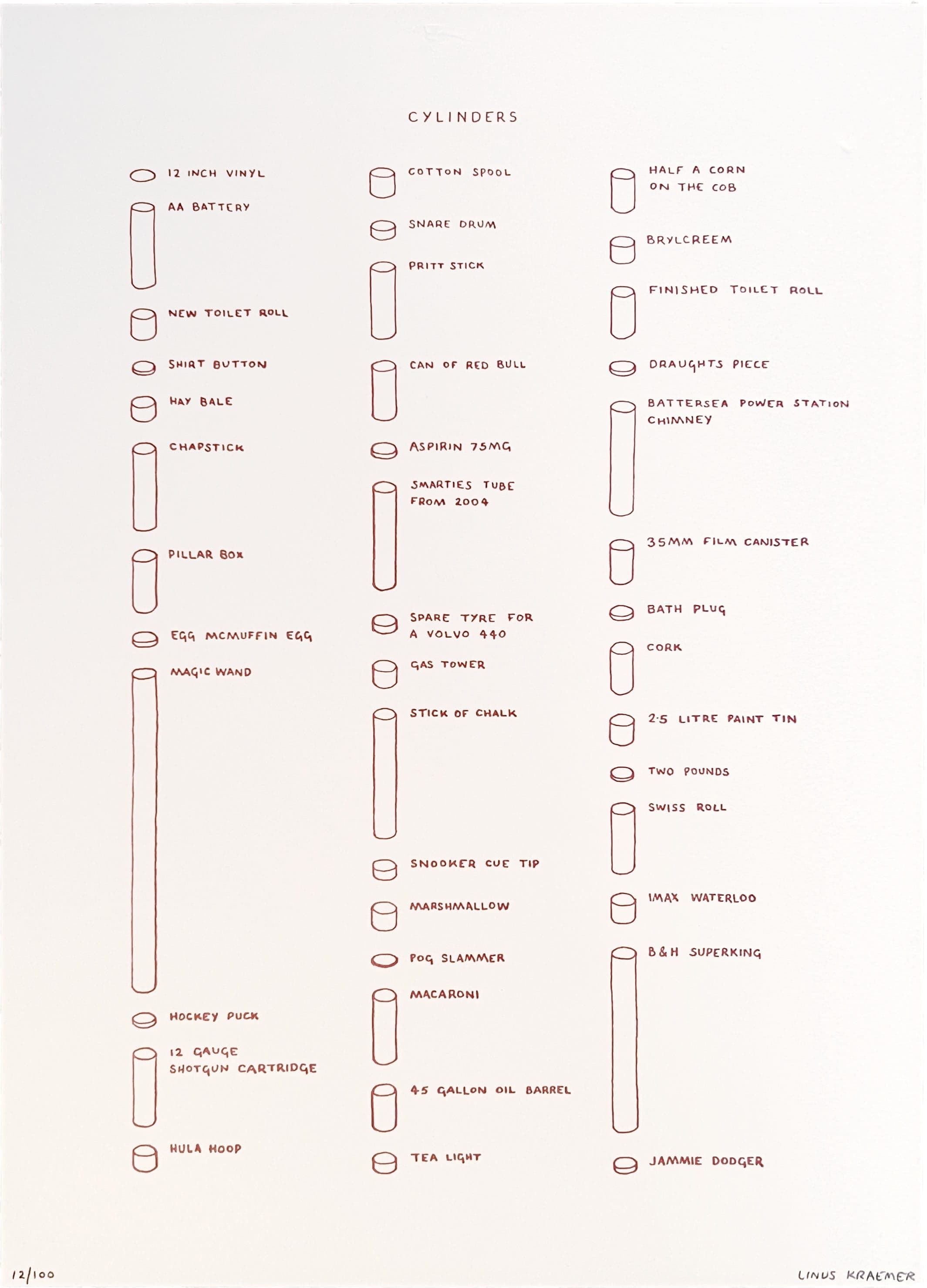
Osmosis
Another inspiration for this collection is a piece that's been with me for a long time.
A friend once gifted me a print by @LinusKraemer which has been on the wall in my workshop for years. It's travelled through 3 different house moves, and each time made its way back onto the wall near my main desk.
It's a simple line drawing called Cylinders, and I've been glancing at it daily for years. I keep it around because every time I look at it, it makes me smile.
This print has been so ubiquitous in my life, that it became an almost subconscious influence as part of my experiments, and I only realised it when I had already created the foundations for this collection.
Mind the Gap
London is where I was born, and where I painted the picture at the begnning of this story.
In London, we call the underground the ’tube’ and, well, there’s quite a few tubes in this collection! If you’ve ever ridden the London Underground you’ll have undoubtedly heard this collection’s namesake before, probably at every station you stopped at, announced over the tannoy in a crackly robotic tone.
The spacing and the rhythm within these pieces were one of the hardest elements to get right, and it wasn’t until i’d worked out a good scaling system - minding the gaps! - that I felt like this collection was worth showing.
So, Mind the Gap is a reference to my childhood, but also the fun, playful nature of the inspiration. It’s a thank you to the city I was born in, and it’s a reminder to not take life and art too seriously.
If you end up owning one of the Mind the Gap series, my greatest wish is that it will do the same for you, reminding you that work, life and art can be joyful, light hearted and fun.
I hope it can help you access that mindset in whatever space you choose to hold it.
The Approach
Tools - p5.js, Javascript, 2D Canvas API
I wanted the technical approach to mirror the simplicity and fun that inspired the idea. I’ve always enjoyed working within limitations, I find it forces me to think differently and experiment in ways I otherwise wouldn’t. For these pieces, simplicity meant no 3D and no shaders, just point and vector math, lines and colour.
I wanted these to feel like a pen drawing. As if the algorithm had picked up a pen, and started outlining the shapes while exploring the canvas, unclear on where it would go, but enjoying finding something beautiful and light-hearted in the chaos.
I set out 3 goals quite early on:
Joyful, playful motion
Create a wide range of movement. Variation and experimentation are all part of the fun.
Hand drawn
Evoke the feeling of a pen drawing. No straight lines, and only subtle use of texture.
Simple, vibrant colours
The palettes should evoke the feeling of childlike play and experimentation.
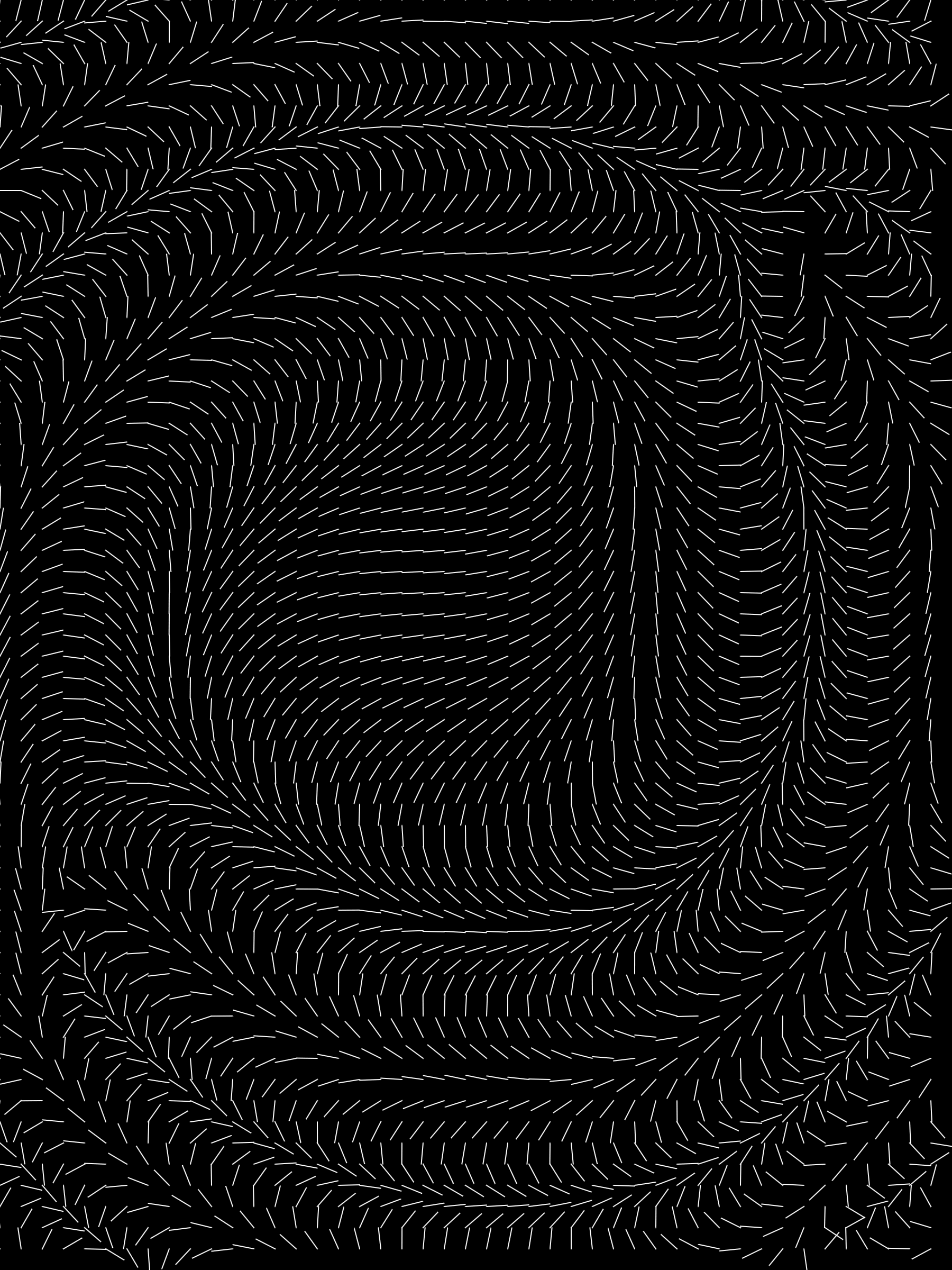
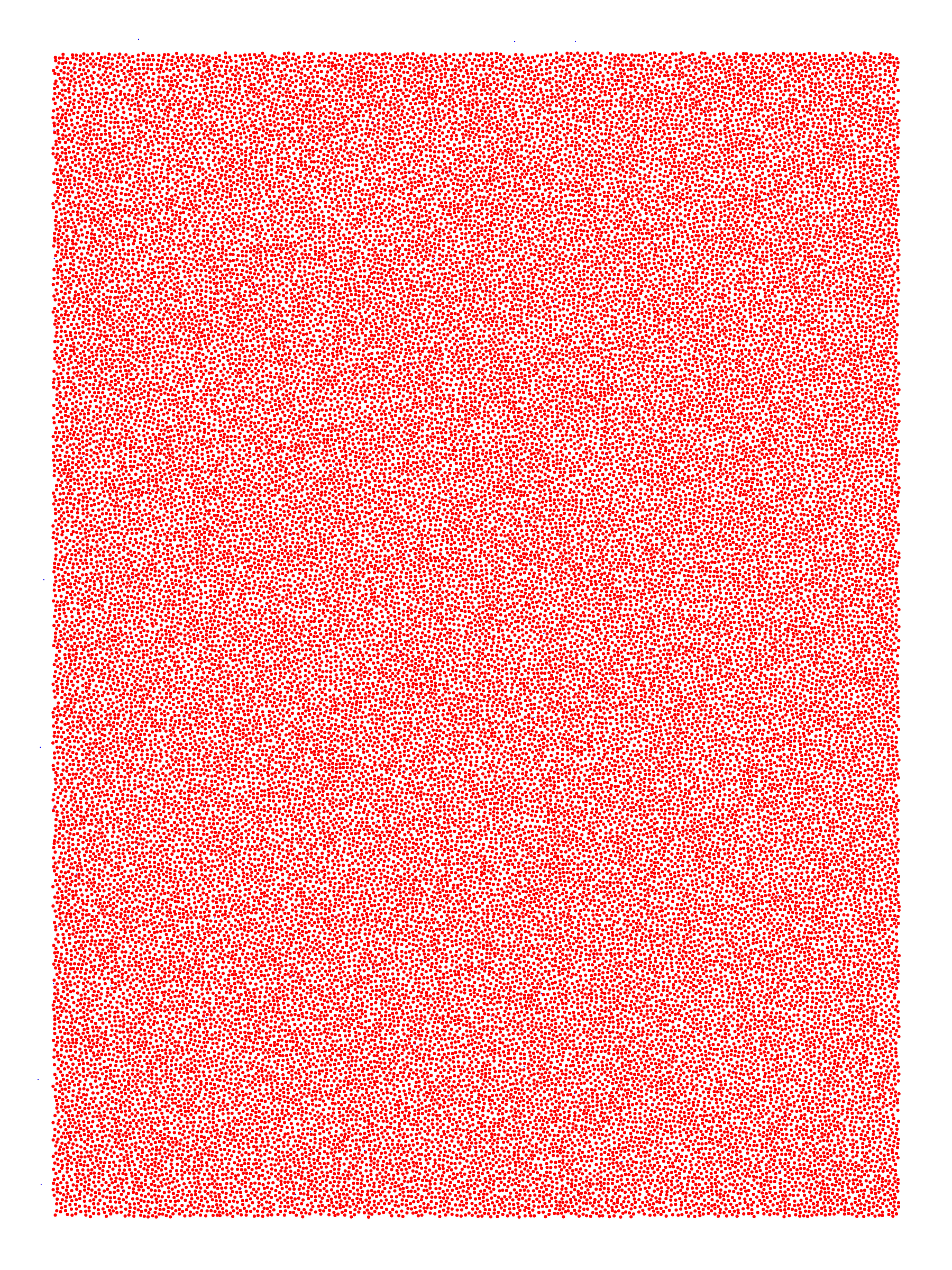
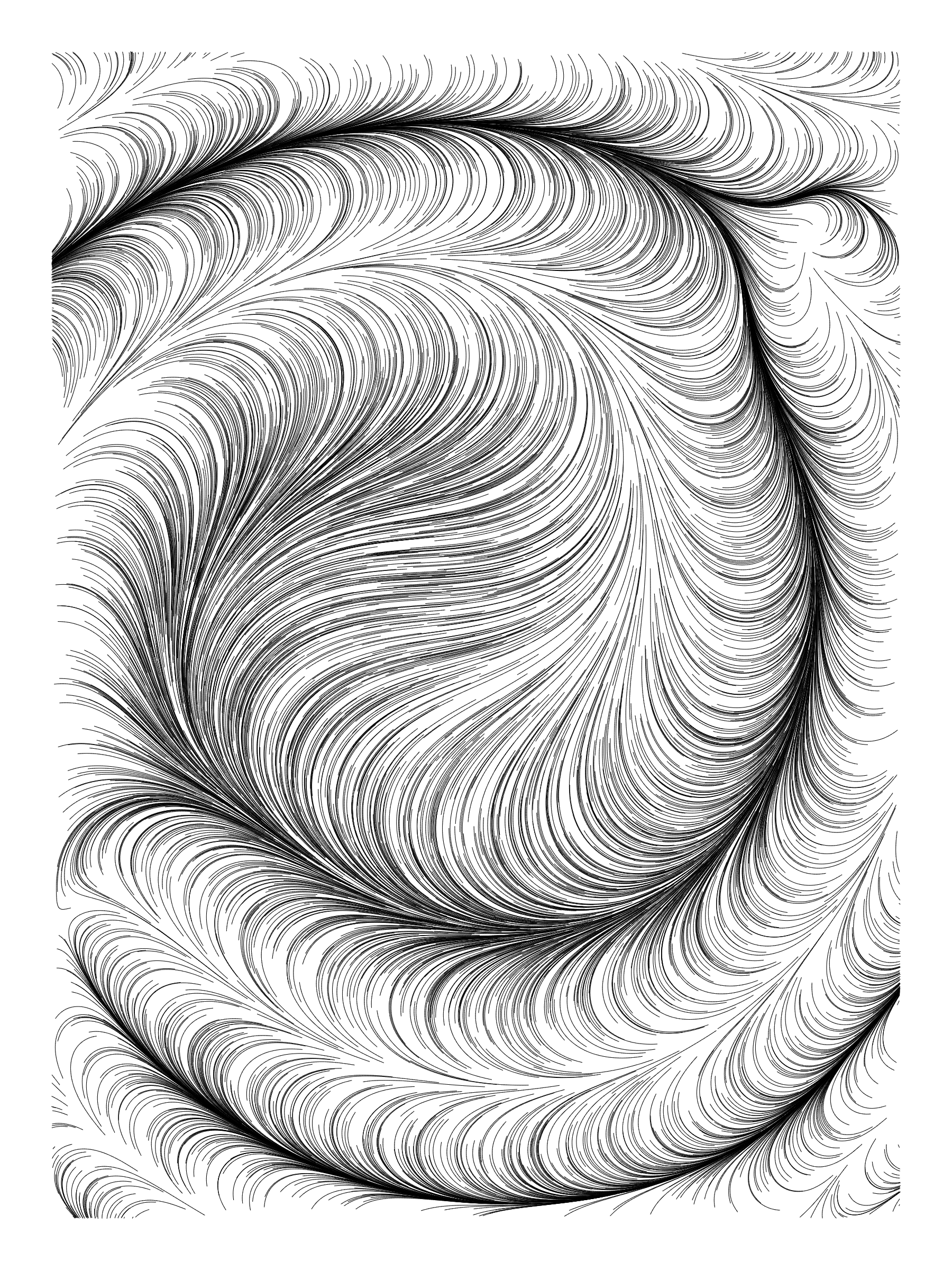
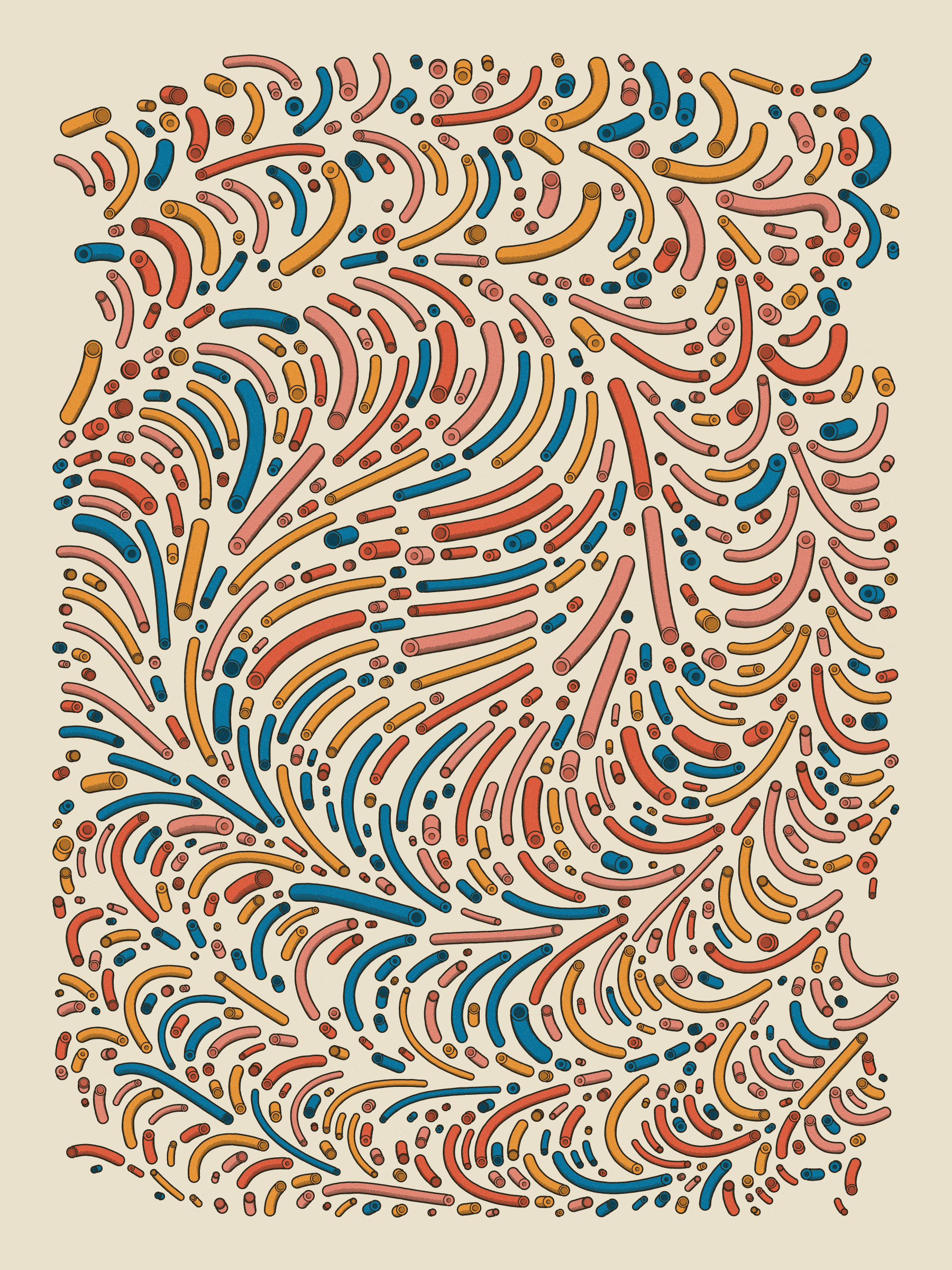
The Process
A play-by-play of how each step in the process works.
1. Generate vector field
2 field types with many optional mutations
2. Scatter points
Using poisson disc sampling
3. Advect points
Using either a classic stepping or curl function
4. Iterate and collide
Step through each point in each line and check for collisions. End the line if it collides, or reaches a maximum length. Red circles are valid, Blue circles show collisions, green represent collission bounds.
5. Calculate and draw geometry
Procedural generation of line geometry, calculate vertexes, fill shape, sketch outline and shade.